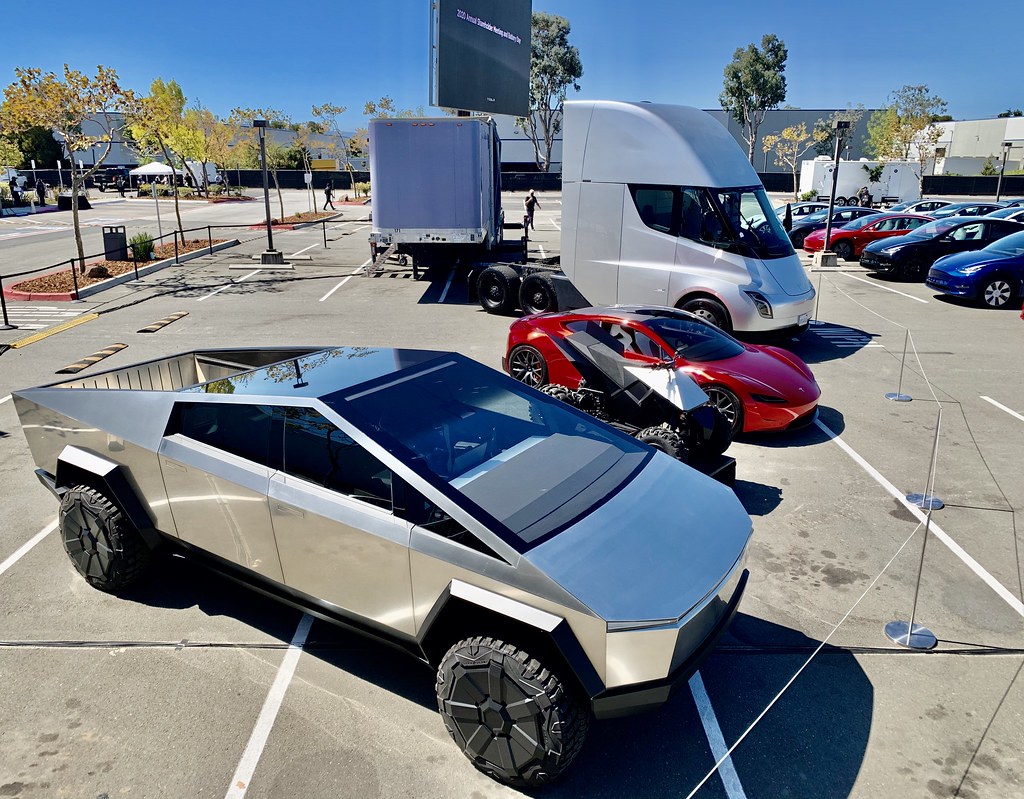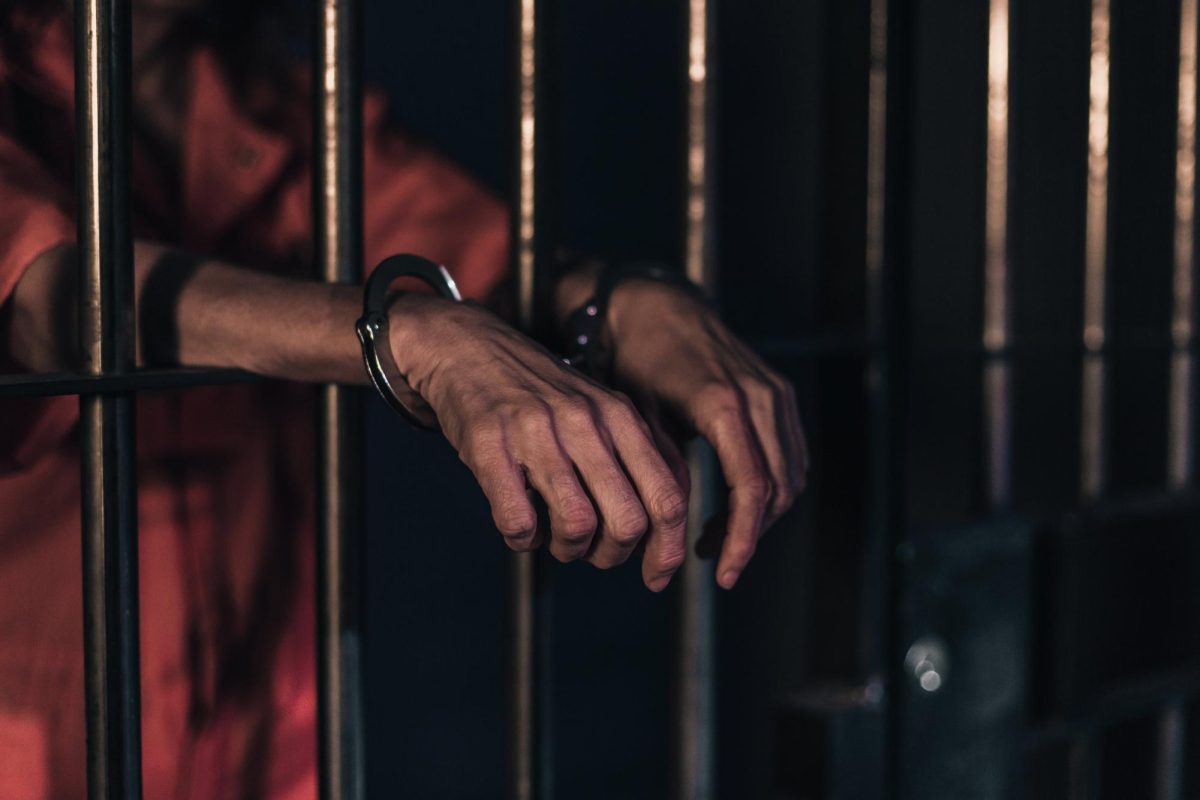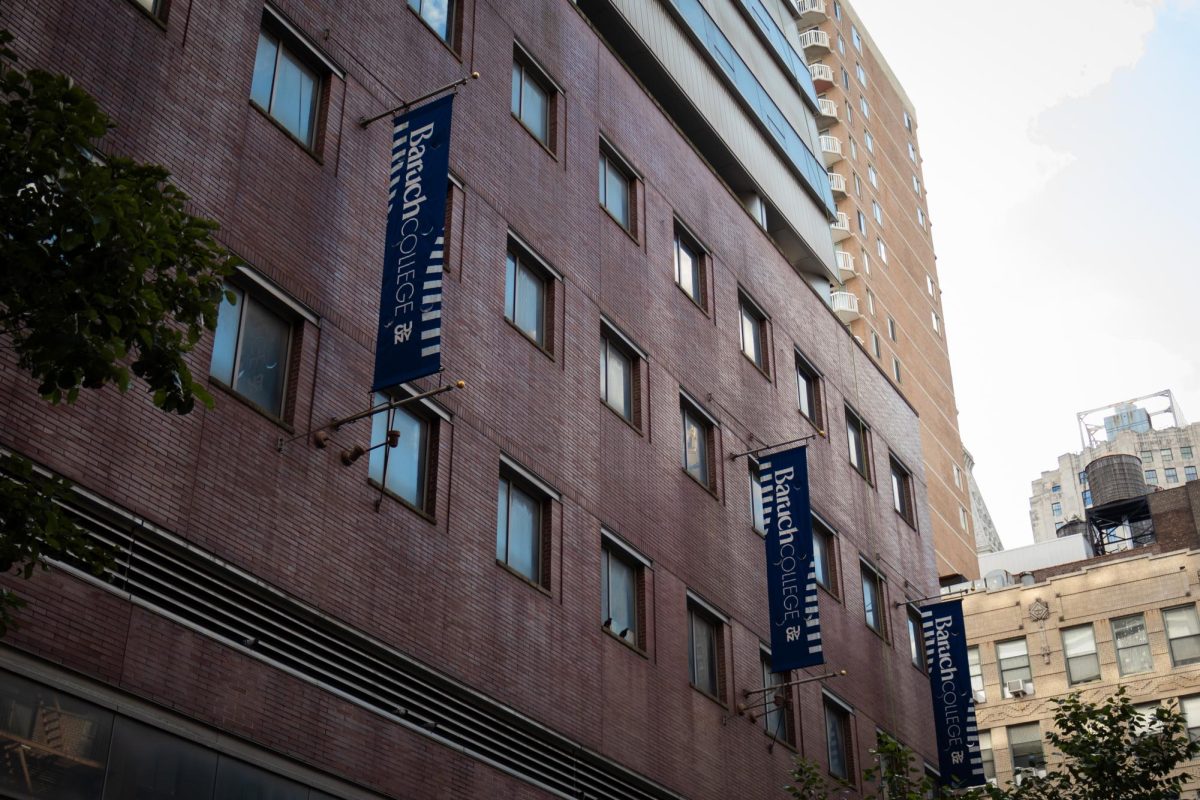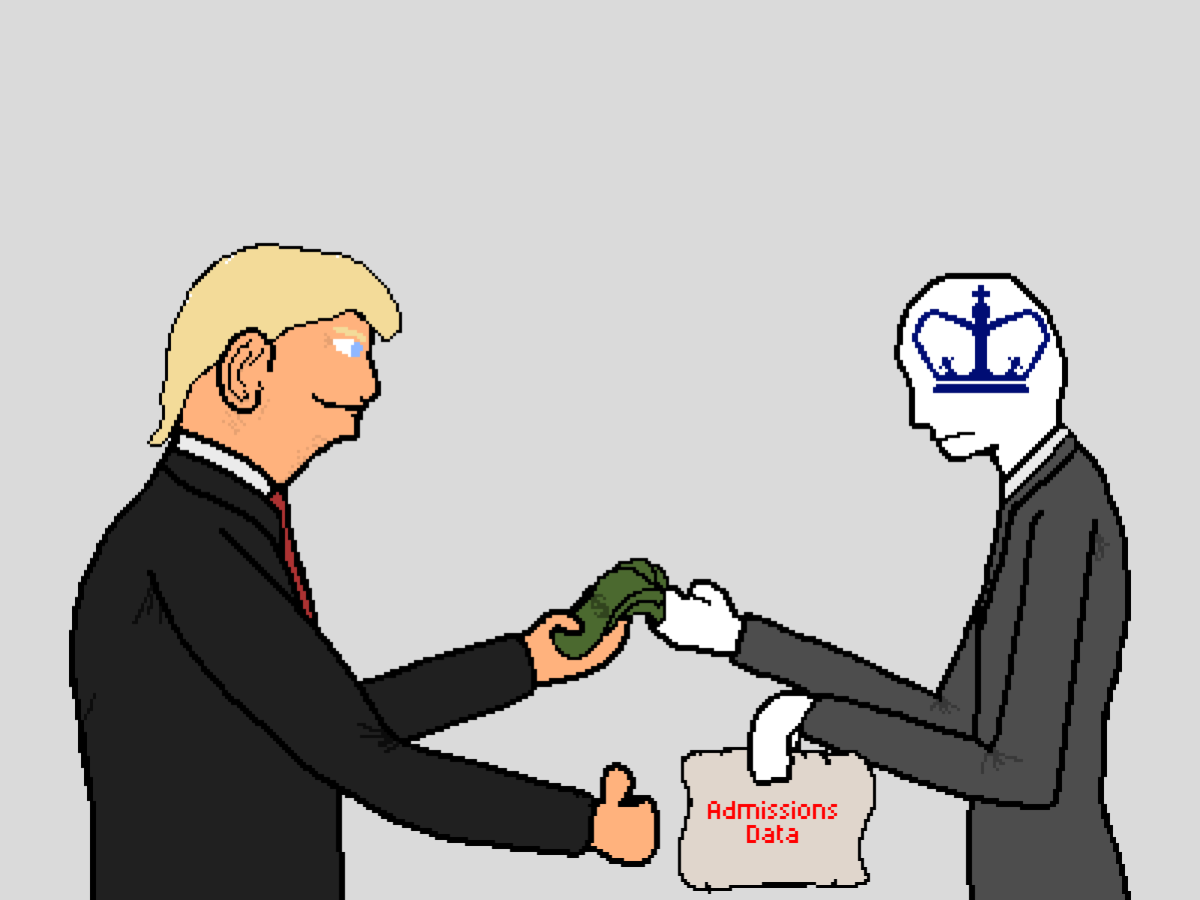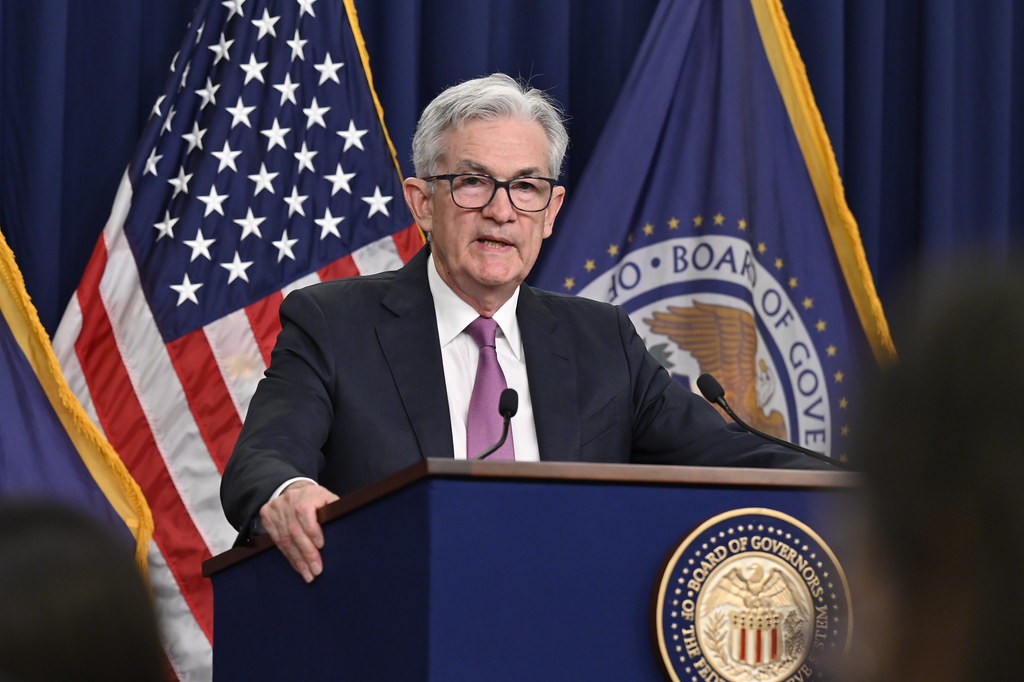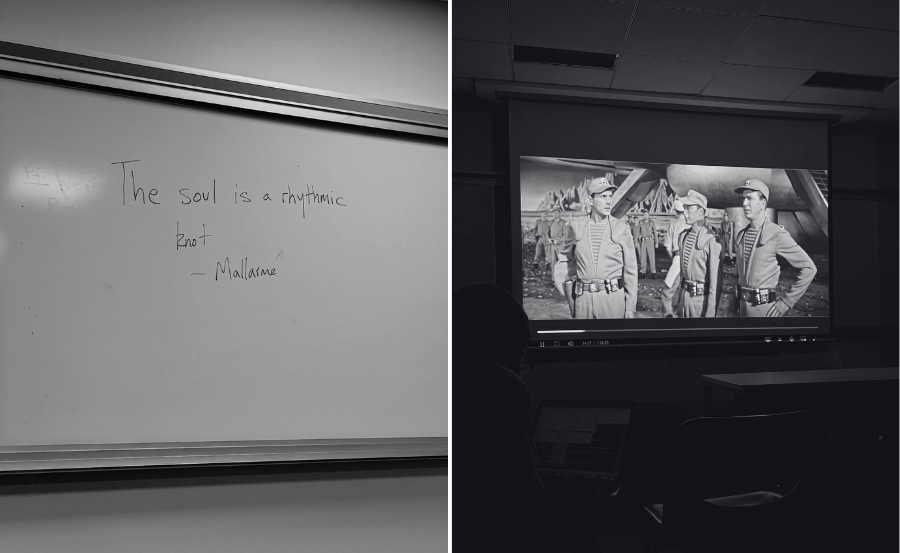Tesla’s recent challenges, including declining sales in the United States and Europe in the first half of this year, have raised concerns about its market position. Although sales decline doesn’t always mean a loss of market share, this was exactly the case for Tesla as more than $50 billion was wiped off the electric carmaker’s market value. Investors are rightfully concerned about the company’s direction and Musk’s latest presentation did little to improve his standing.
According to the Wall Street Journal, on Oct. 10, Elon Musk revealed a two-seat vehicle without a steering wheel or any pedals, called the Cybercab, at a tightly choreographed product launch in Los Angeles. The electric car pioneer also unveiled the Robovan, a self-sufficient shuttle that can transport up to 20 people at a time. Musk declared that he has a plan for a new battery-charging technology that would use an inductive method, whereby the car would only have to drive over a pad to recharge.
Musk’s vision wasn’t convincing enough, as he failed to present real numbers and timelines, making investors skeptical about the invention. Even though he mentioned that the Cybercab would enter production in 2027 and sell for less than $30,000, his predictions aren’t guaranteed as it’s unclear whether the government would approve this technology.
One of the significant hurdles for Tesla’s new product is navigating regulatory approval; self-driving technology raises questions about liability and reliability. For example, if an automated cab with no steering wheel and pedals hits a pedestrian, who is now liable, the owner of the car or Tesla?
Elon compared the invention to an automated elevator, stating that just as an automated elevator is safe, so is his self-driving technology.
However, since 2019, major elevator accidents in the U.S. have resulted in fatalities and injuries. According to a study conducted by the Center for Construction Research and Training, since 2019, elevators cause an estimated 30 deaths and 17,000 injuries annually in the U.S. Therefore, Musk’s comparison fails because not only do elevators not operate on public roadways, but they are also far from safe.
Another issue that electric vehicles have been facing is the unreliable lithium-ion batteries that can only last about 300 miles per charge. It takes about 40 minutes to charge them, excluding the wait time depending on the traffic at each station, and the number of charging stations is still relatively limited and insufficient.
The batteries face issues such as thermal runaway, degradation over time, limited cycle life and high costs. These challenges are further complicated by political factors, such as potential tariffs on goods from China, where majority of lithium-ion batteries are produced, which could drive up manufacturing costs.
In this context, Tesla’s focus should shift toward improving battery technology rather than continuing to expand its product lineup with vehicles that rely on the same batteries. A company that can solve the battery efficiency and cost issues will likely become the leader in the EV industry. Investing in research and development of more reliable and efficient battery systems could be the key to long-term success.
Musk has demonstrated a lack of commitment to solving the problems he already faces in favor of creating new ones. While investors wait for timelines and numbers, Musk continues to introduce new products which rely on the same questionable technology. They wanted reliable new batteries; they got Elon’s latest toys.
Categories:
Tesla should focus on solutions rather than inventions
October 21, 2024
0
More to Discover


